Invisible Disabilities Week October 20-26, 2024: My Life and Healing from Dysautonomia or Postural Orthostatic Tachycardia Syndrome (POTS)
Twelve Years of Reflections: My Participation in the Invisible Disabilities Association
The Invisible Disabilities Association (IDA) is getting ready to celebrate another year of IDA Awards Celebration in October. As this is a special event or those with invisible disabilities, it gives me time to reflect.
2024 Invisible Disabilities® Week!
Bring awareness, education and support to your family, friends, co-workers, community and around the world during Invisible Disabilities Week October 20 – 26, 2024.
Find the Invisible Disabilities Week Online on Facebook, Instagram and Twitter! Invite your friends, family, medical teams, groups and pages. Share and comment on our posts and TAG #InvisibleDisabilitiesWeek on your posts!
Invisible Disabilities® Week is Hosted by the Invisible Disabilities Association (IDA). and Founded by IDA in 2014.
What is an Invisible Disability?
This is the IDA Home page website information.
People often ask IDA to define invisible disability. In simple terms, an invisible disability is a physical, mental or neurological condition that is not visible from the outside, yet can limit or challenge a person’s movements, senses, or activities. Unfortunately, the very fact that these symptoms are invisible can lead to misunderstandings, false perceptions, and judgments:
“People are parking in an accessible parking space with a placard, but they look fine. I wonder if that driver has an invisible disability.”
What is an invisible disability?
In general, the term disability is often used to describe an ongoing physical or mental challenge. This challenge could be a well-managed bump in life or a mountain that creates severe changes and loss. Either way, this term should not be used to describe a person as weaker or lesser than anyone else! Every person has a purpose, uniqueness, and value, no matter what hurdles they may face. When we define invisible disability, it helps us understand the subtle differences and challenges each person experiences in their daily lives.
Also, just because a person has a disability, does not mean they are disabled. Many living with these challenges are still fully active in their work, families, sports or hobbies. Some with disabilities can work full or part-time, but struggle to get through their day, with little or no energy for other things. Others are unable to maintain gainful or substantial employment due to their disability, have trouble with daily living activities and need assistance with their care.
According to the Americans with Disabilities Act of 1990 (ADA) an individual with a disability is a person who: Has a physical or mental impairment that substantially limits one or more major life activities; has a record of such an impairment, or is regarded as having such an impairment (Disability Discrimination).
Furthermore, “A person is considered to have a disability if he or she has difficulty performing certain functions (seeing, hearing, talking, walking, climbing stairs and lifting and carrying), or has difficulty performing activities of daily living, or has difficulty with certain social roles (doing school work for children, working at a job and around the house for adults)” (Disabilities Affect One-Fifth of All Americans). Given this basic knowledge, it is easy to see how work to define invisible disability is both critical to helping so many who are overlooked but also daunting in scope.
Defining invisible disability can open doors of communication and understanding.
Often people think the term, disability, only refers to people using a wheelchair or walker. On the contrary, the 1994-1995 Survey of Income and Program Participation (SIPP) found that 26 million Americans (almost 1 in 10) have a severe disability, while only 1.8 million used a wheelchair and 5.2 million used a cane, crutches or walker (Americans with Disabilities 94-95). In other words, 74% of Americans who live with a severe disability do not use such devices. Therefore, a disability cannot be determined solely by whether or not a person uses assistive equipment.
The term we define invisible disability refers to symptoms such as debilitating pain, fatigue, dizziness, cognitive dysfunctions, brain injuries, learning differences and mental health disorders, as well as hearing and vision impairments. These are not always obvious to the onlooker, but can sometimes or always limit daily activities, range from mild challenges to severe limitations, and vary from person to person.
Also, someone who has a visible impairment or uses an assistive device such as a wheelchair, walker or cane can have an invisible disability or invisible disabilities. For example, whether or not a person utilizes an assistive device, if they are debilitated by such symptoms as described above, they live with invisible disabilities.
Opportunities for dialog begin when we talk about invisible disabilities.
Unfortunately, people often judge others by what they see and conclude a person can or cannot do something by the way they look. This attitude can be equally frustrating for those who may appear unable but are perfectly capable, as well as those who seem able, but are not.
International Disability expert, Joni Eareckson Tada, explained it well when she told someone living with debilitating fatigue, “People have such high expectations of folks like you [with invisible disabilities], like, ‘come on, get your act together.’ But they have such low expectations of folks like me in wheelchairs, as though the thought is that we can’t do much” (Joni).
The bottom line is that everyone with a disability is different, with varying challenges and needs, as well as abilities and attributes. Thus, we all should learn to listen with our ears instead of judging with our eyes. That is the reason we define invisible disability.
LIST OF ILLNESSES THAT ARE CONSIDERED INVISIBLE DISABILITIES:
We do not maintain a list of specific illnesses and diagnoses that are considered invisible disabilities. Invisible disabilities are such symptoms as debilitating fatigue, pain, cognitive dysfunctions and mental disorders, as well as hearing and eyesight impairments and more.
There are thousands of illnesses, disorders, diseases, dysfunctions, congenital disabilities, impairments, and injuries that can be debilitating. Therefore, all conditions that are debilitating are taken into consideration when we talk about invisible disabilities throughout the website. However, our focus is not to attempt to provide a vast amount of information about thousands of specific conditions (there are plenty of sites that do that).
We are here to provide awareness, education, connection and support for everyone who lives with a debilitating condition. We do this by offering articles, pamphlets, booklets, resources, radio, video, seminars and more to give hope and compassion to all living with invisible disabilities as well as information for loved ones to better understand.
If you would like to suggest a link to an organization or foundation that provides information about your specific condition, please send it to us through the contact page. We would love to hear about it!
Source: https://invisibledisabilities.org/what-is-an-invisible-disability/
2011 Perseverance Award Recipient
My participation in the Invisible Disabilities Association (IDA) started as a patient who won the 2011 Perseverance Award. Hard to believe that was 13 years ago!
When I met Wayne Connell, Founder, President, and CEO of IDA, I had severe dysautonomia, a traumatic brain injury, was bedridden, and completely unable to stand up without fainting. I was sensitive to light, allergic to the sun, and would get tongue and lip swelling just from the glare from a window. If I went somewhere in the sun, I had to sit in the back seat and lie down, covering myself up so that not even a speck of glare reached my skin.
Even at home, I had to wear the darkest sunglasses just to avoid getting blinded by a nightstand lamp. This is how sick I was, and it rendered me bedridden and looking at the ceiling for twelve consecutive years.
My daughter was only 2 years old at the time that we were in a severe car accident that left me unable to say the word, “the” for many of those years. I took to the internet, obtained my chaplain’s certificate, and held a church service on Sundays, also teaching a Pakistan missionary church Bible Study for children.
Over a decade later, I am now Vice Chair of IDA and regularly meet with the wonderful Board of Directors to advance the cause of those with invisible disabilities. I had recovered enough to run a pain clinic and then a Covid Care clinic. I am now retired after surrendering my license to the California Medical Board for demanding I turn over the charts of three patients without their permission, a HIPPA violation.
Above: https://invisibledisabilities.org/about/leadership/board-of-directors/
About IDA
I thank God for my miraculous recovery! I should not even be here to walk or talk!
What Happened
It started when a lady reached over to pick up Chinese food that fell on the passenger side of the floor. Going 90 mph as her foot hit the gas instead of the brakes, she T-boned into our Expedition’s gas tank at 90 mph. She spun me and my 2-year old daughter in a 360 full circle (she would be 100% fine, now a nursing student), ripping an artery in the back of my neck, banging and centrifuging my brain inside my skull.
I would be disabled and bedridden, looking at the ceiling. For twelve years.
Little did I know that my then-bedridden 2011 meeting with Wayne Connell would eventually lead to my miraculous transformation. God had beautiful plans. That year, I was selected as the Perseverance Award recipient of the Invisible Disabilities Association. I had gone online with my dysautonomia and made educational videos of my plight, garnering an audience that was also suffering in silence.
At that time, almost no doctors knew what “POTS” was. My mysterious symptoms didn't “fit” into their box, so most of them grew frustrated or thought I was lying. Twenty-four doctors later, finally one knew what dysautonomia was.
Today, patients with Long Covid or post-vaccine injury may have POTS, so almost all doctors know what it is.
Dysautonomia and POTS
Dysautonomia. There are several different dysautonomias, including a genetic, familial type.
The veins in my legs were unable to squeeze - an “automatic” or “autonomic nervous system” (ANS) response you don't have to think about. The ANS was dysfunctional (i.e., dysautonomia) and it also affected other things that you don't have to think about: food digestion, blood pressure control, and urination.
I would get full fast, vomiting daily. Upon standing, my blood pressure was 78/45 mmHg and my heart rate was 130 beats/minute. I couldn't tell when I had to urinate, and I wore adukt diapers.
Because my autonomic nervous system was awry, the insides of my body dictated my life.
POTS
P = Postural. Postural Orthostatic Tachycardia Syndrome (POTS) was so named because when going from laying down to standing (i.e., changing posture), I would get dizzy or orthostatic.
O = Orthostatic. At its worst, the dizziness progressively led to my visual field becoming gray and spotty. If I didn't sit down, I would eventually faint. In the meantime, though, my body tried to compensate for the loss of blood flow to my brain.
T = Tachycardic. Upon standing, there was nothing to stop all my blood from rushing to my feet. The blood going to my brain would diminish, a condition incompatible with life. In its attempt to perfuse the brain, the only compensation was for my God-given autonomic response to kick in: my heart had to pump faster and faster (i.e., tachycardia).
Every single time you stand up, your leg veins squeeze to push the blood back up to your brain so you don't faint. You don't have to think about it.
S = Syndrome. I was afflicted with this condition 24/7.
The Treatment of POTS
To get enough blood to my brain while standing, I had to impose quite a variety of mechanical and pharmaceutical, physiological, and dietary interventions.
Everything was about too much blood to my legs and not enough blood to my brain.
Cold. POTS was better in cold weather, because it makes the veins contract; it was worse in hot weather because it makes them dilate.
Fluids. The more hydrated i was, the more blood stayed in my brain.
Salt. The more salt I ate, the more water I retained. To help, I spent the first years on a salt-retaining steroid.
Compression. Tight leg stockings with tight abdominal pressure (i.e. wearing tight stockings one size too small) forced the blood out of my legs and pushed it up the abdomen, through the liver, and up to my heart and brain.
Blood pressure. I took a drug that pushed my blood pressure up by constricting the veins in my legs (i.e., midodrine).
Fast Forward
I would have a near-death experience, go to the stairway to heaven, and pick up paper and pen. Five books and two medical clinics later, I would be healed.
And I would give back in different ways.
As Vice Chair of the Invisible Disabilities Association, I still help educate and celebrate life by keeping a commitment to volunteer work for those with invisible disabilities.
Thank you for helping me by reading my writings and sharing them. My hope is to inspire by example. God bless you in all that you do!
Above: https://invisibledisabilities.org/national-disability-id/
IDA has an ID Card
And in some states, you can have their symbol included on your driver's license.
The 2024 IDA Awards Banquet: Invisible No More
Please note that Allsup, a Sponsor, will help you turn in disability forms FOR FREE. This includes Veterans applying for VA Disability!
You can Sponsor a table and invite your family or friends, throw a party and watch the IDA presentations with a group, or just mellow out and listen to the incredible stories of those who have survived and continue to thrive!
Thank you for reading my writings and for being aware that some people with invisible disabilities may park in a disabled parking spot.
WHAT I REALLY THINK
As I reflect back on the last fifteen years, I am amazed at what God has done.
Everything that I “lost” was found. And the things that I thought were important - I overestimated them.
I learned a LOT. Not just intellectually, but spiritually.
People ask,
How did you do it?”
Faith in God, which is the best kind of Perseverance.
Watching your words. SPEAKING LIFE Into Your Life.
Needing less “stuff”, fewer “things”, which means storing your treasures in heaven.
God bless you. Today, watch every word you say. If it doesn't Speak Life, don't say it.
This is the Revised Edition of my No More Tears Book. It’s super wonderful for those who need a spiritual lift from a severe disability - and especially for those who need a miracle!
Here are some articles on my book:
—
This is the best chapter for those who need inspiration for chronic pain or severe disabilities, especially if they feel trapped:
—
—
—
—
—





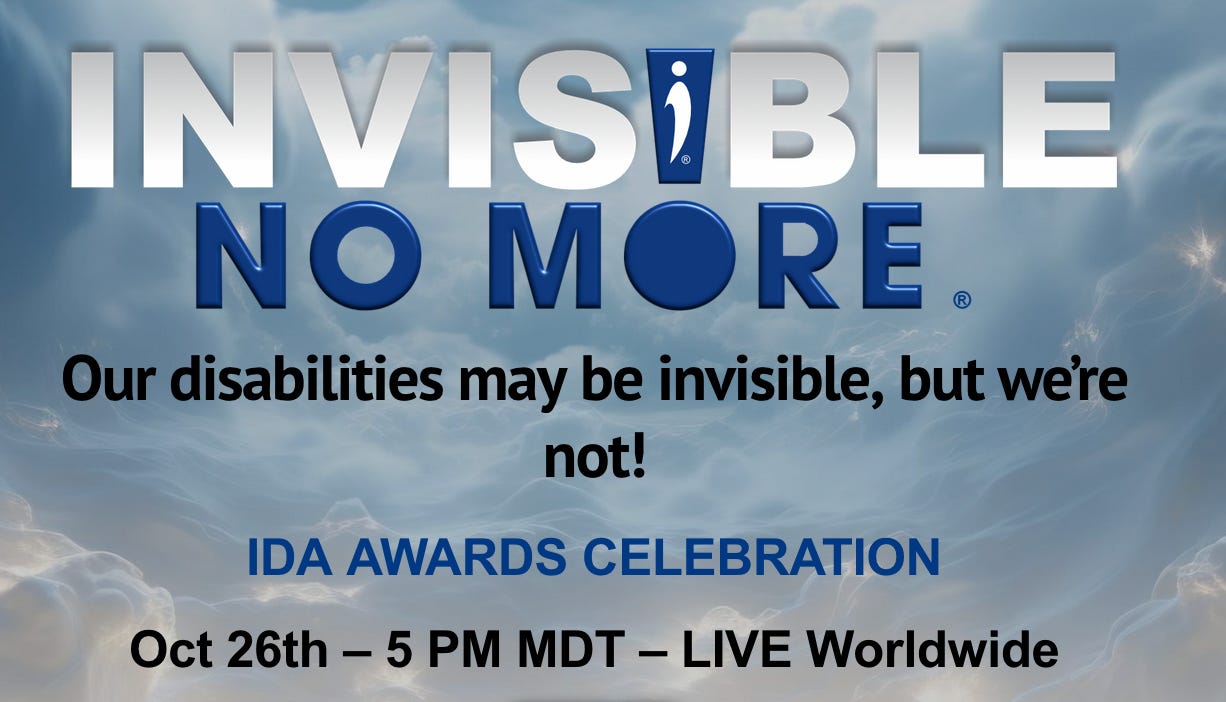
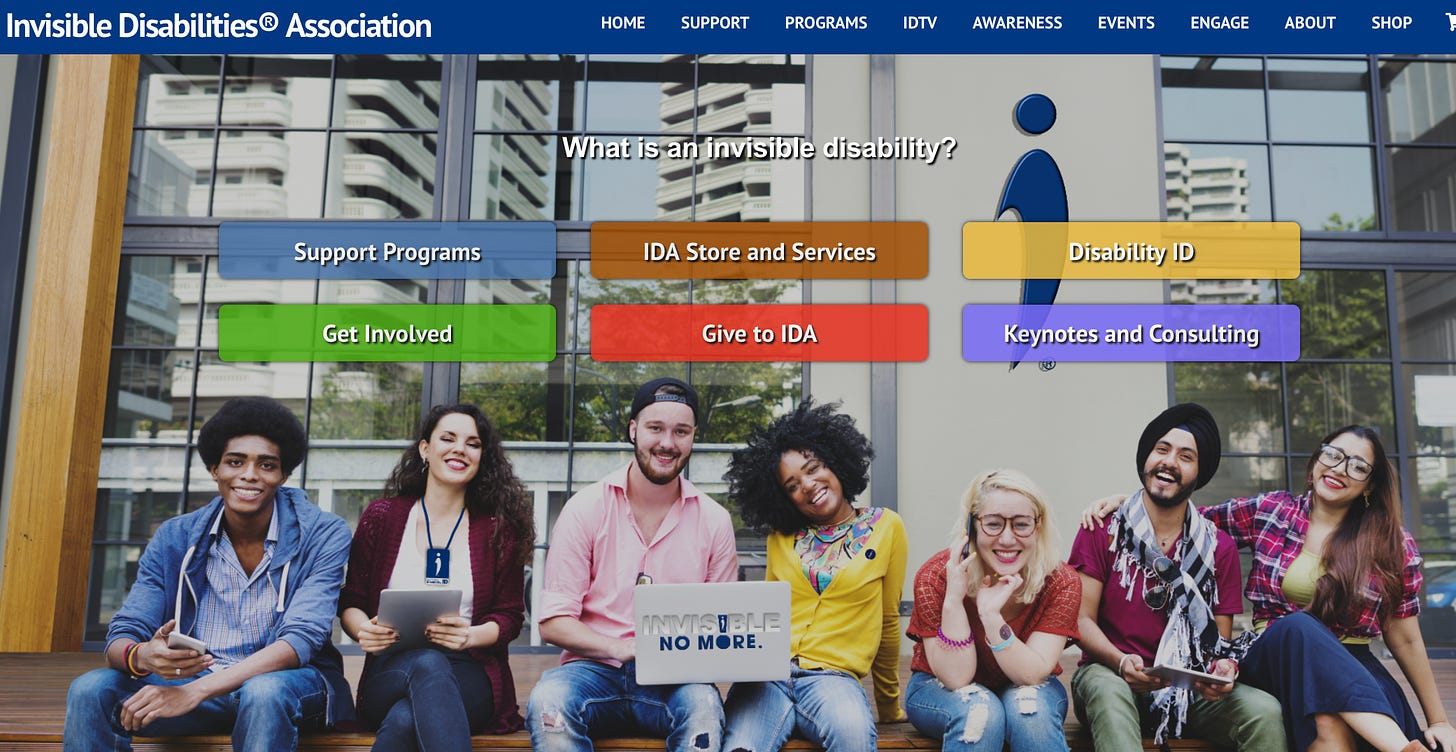
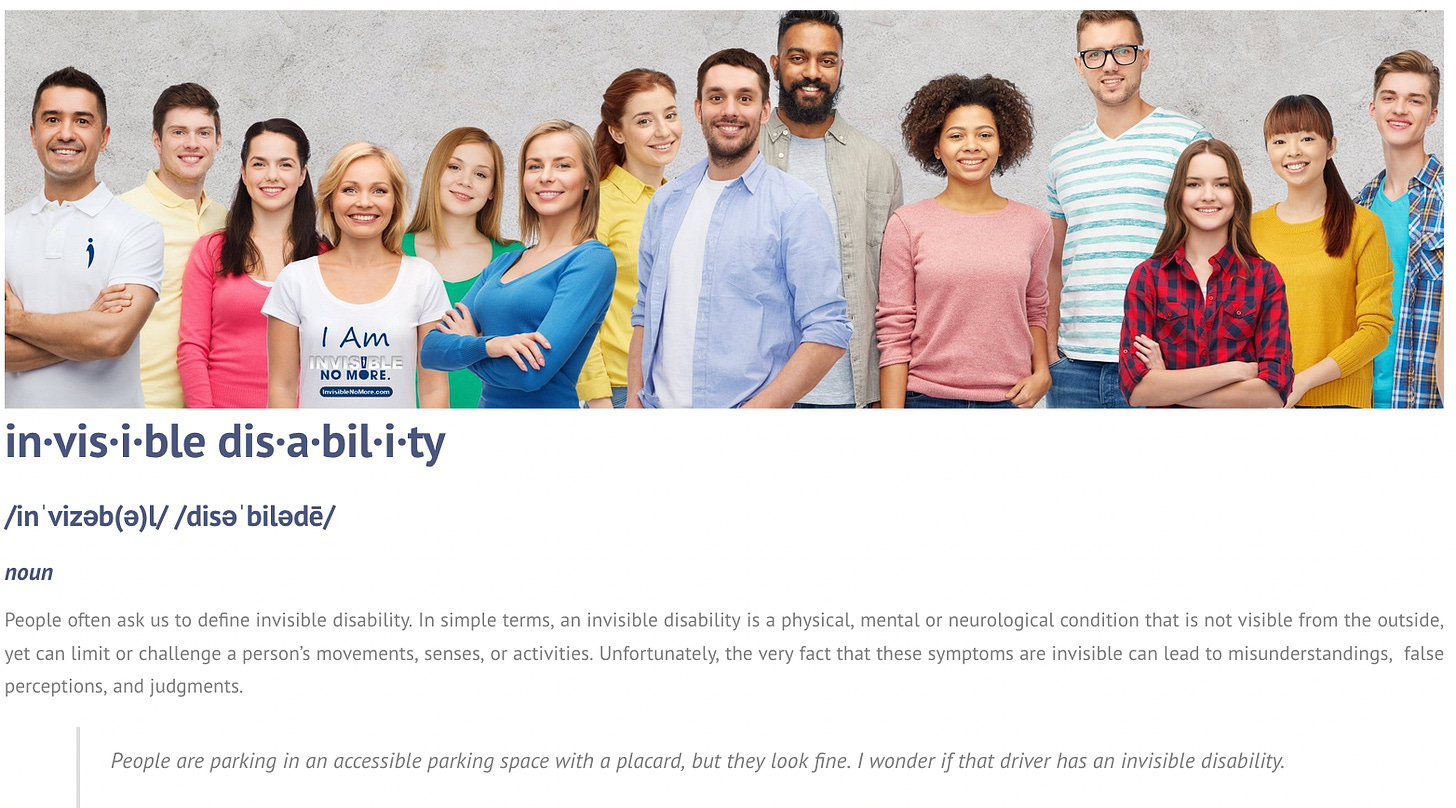
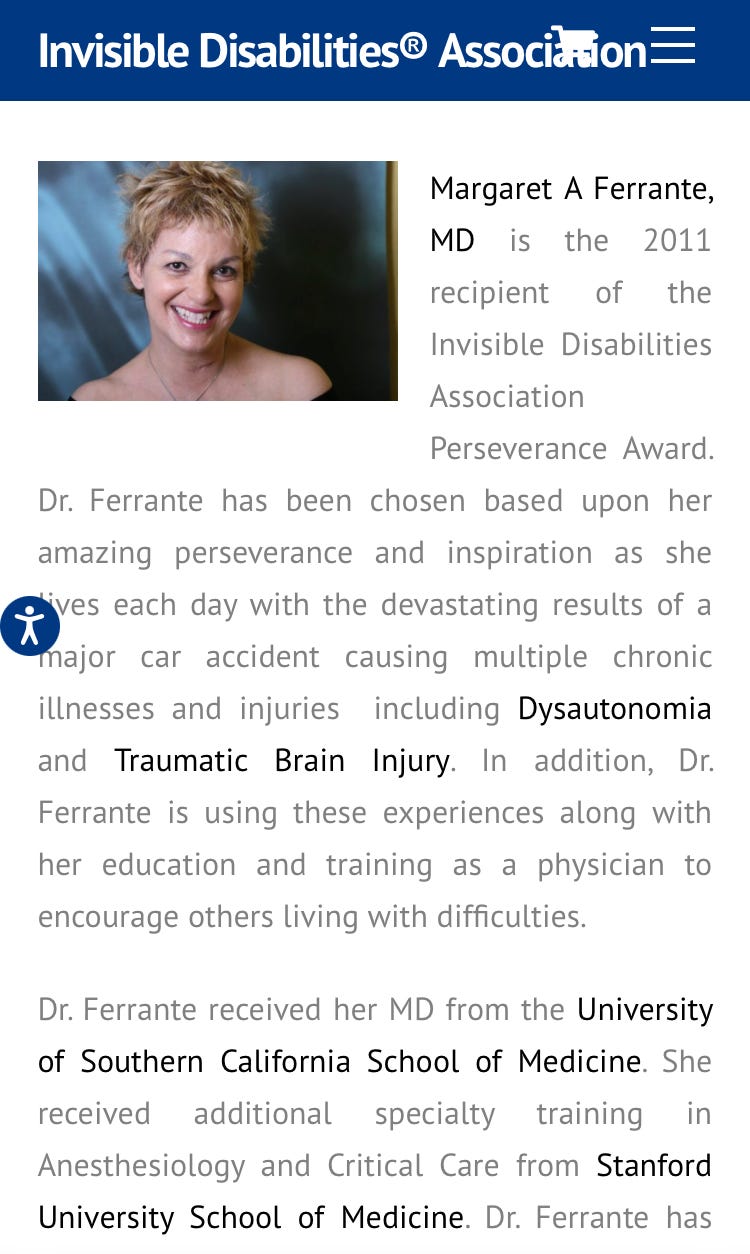
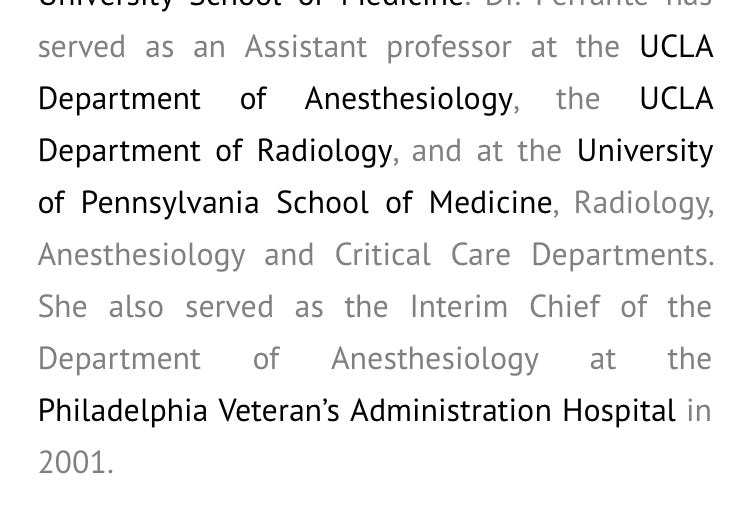



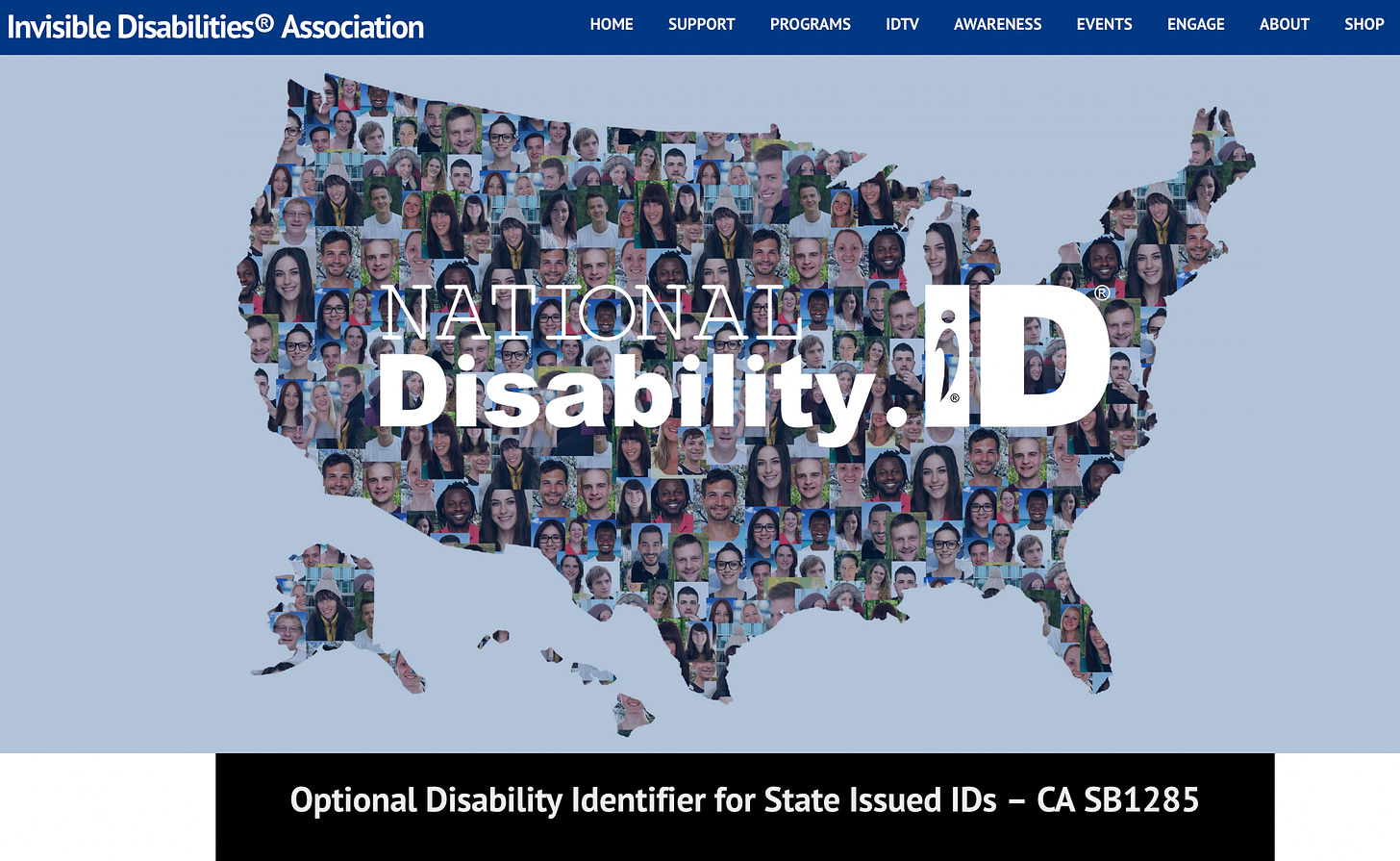
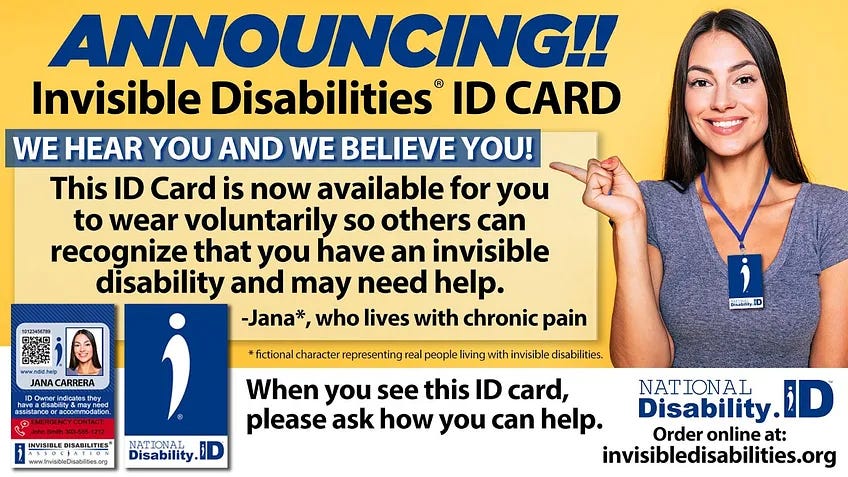
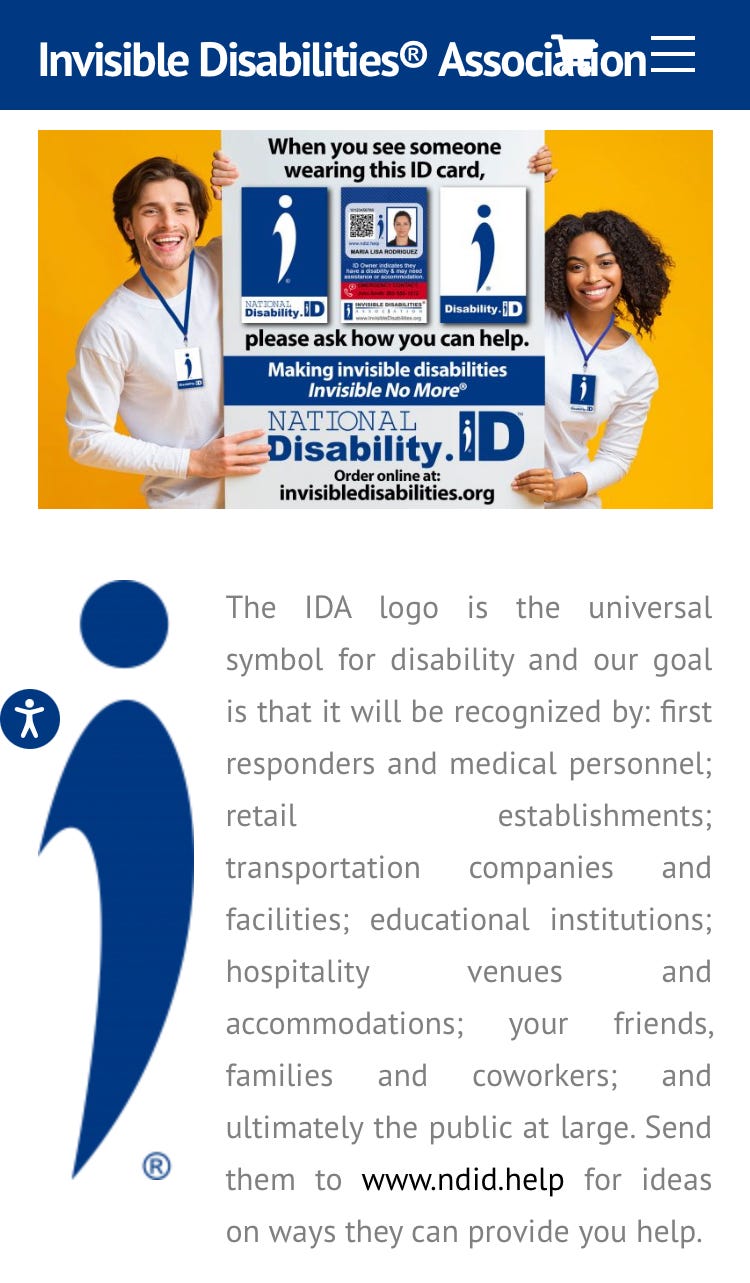

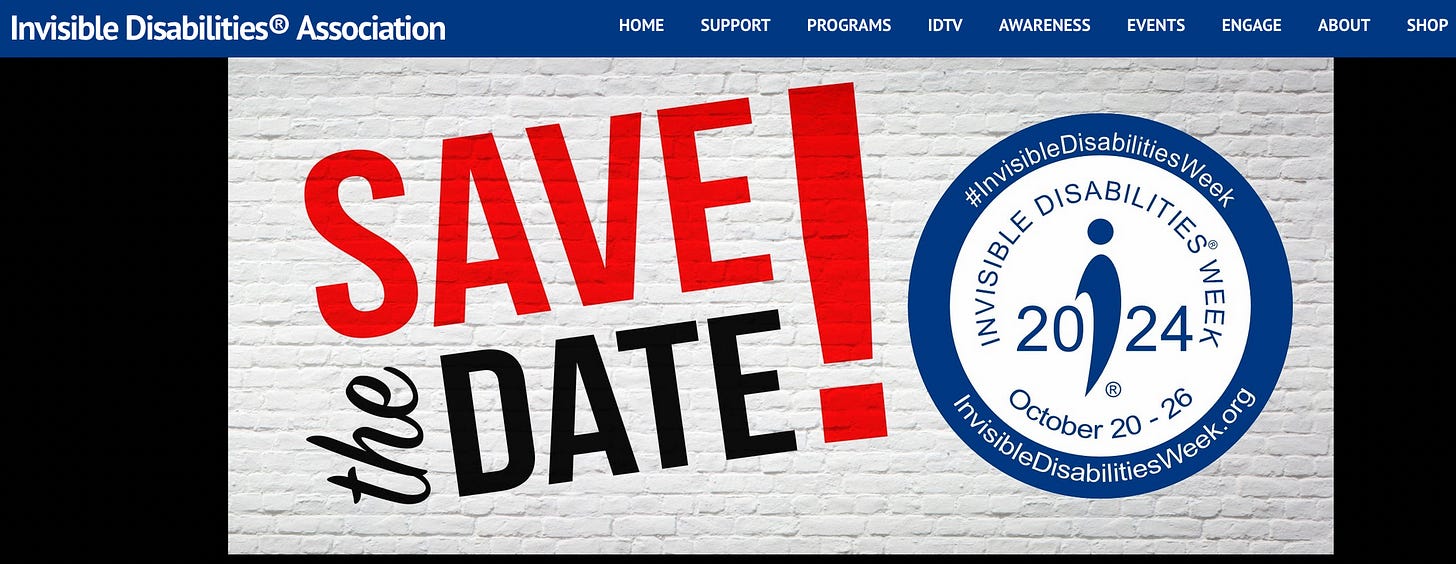
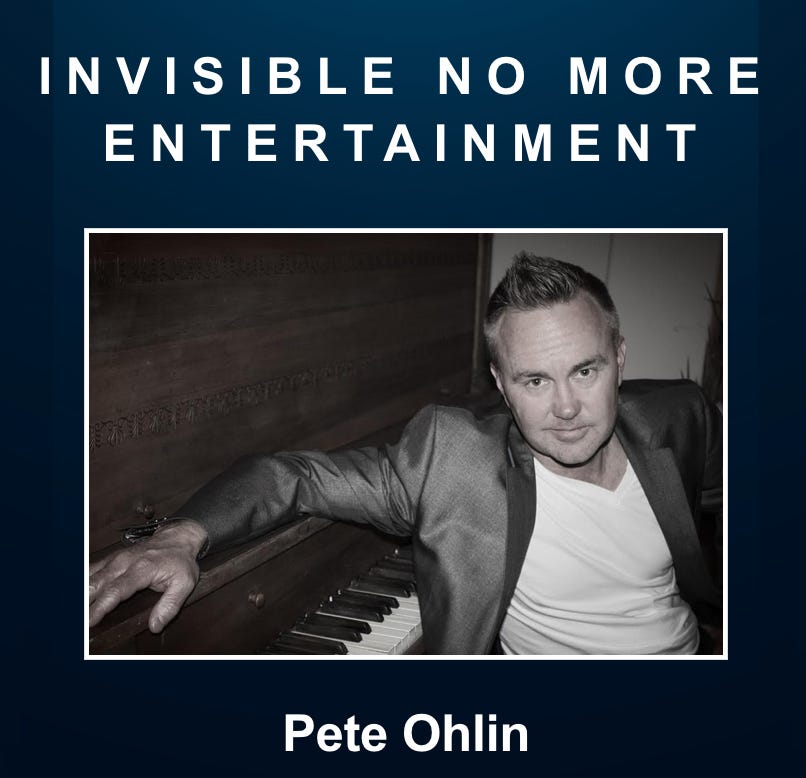
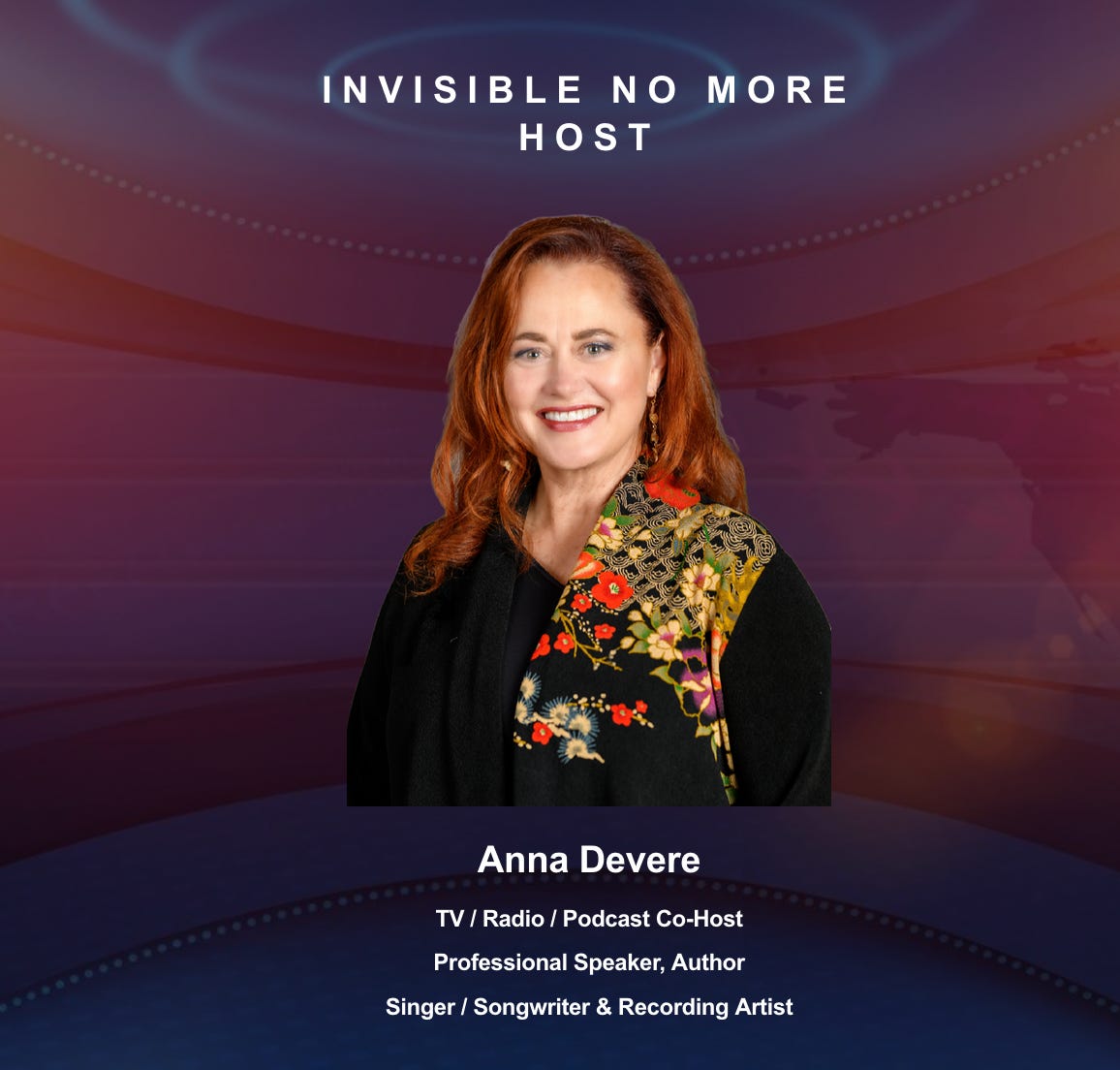
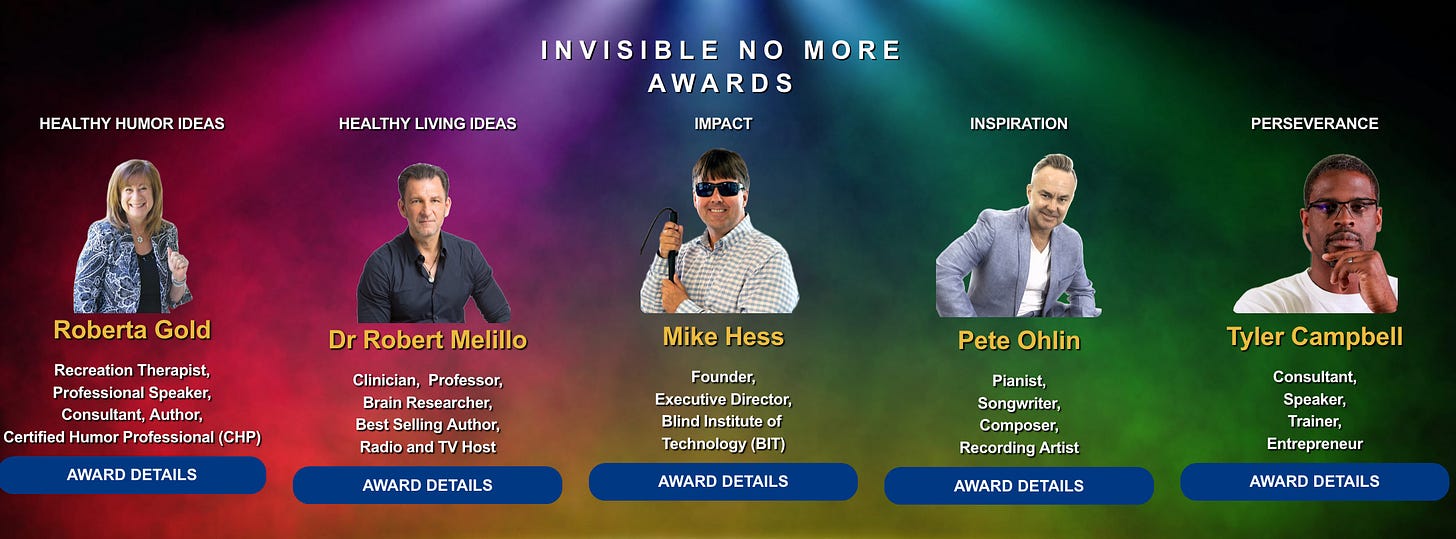
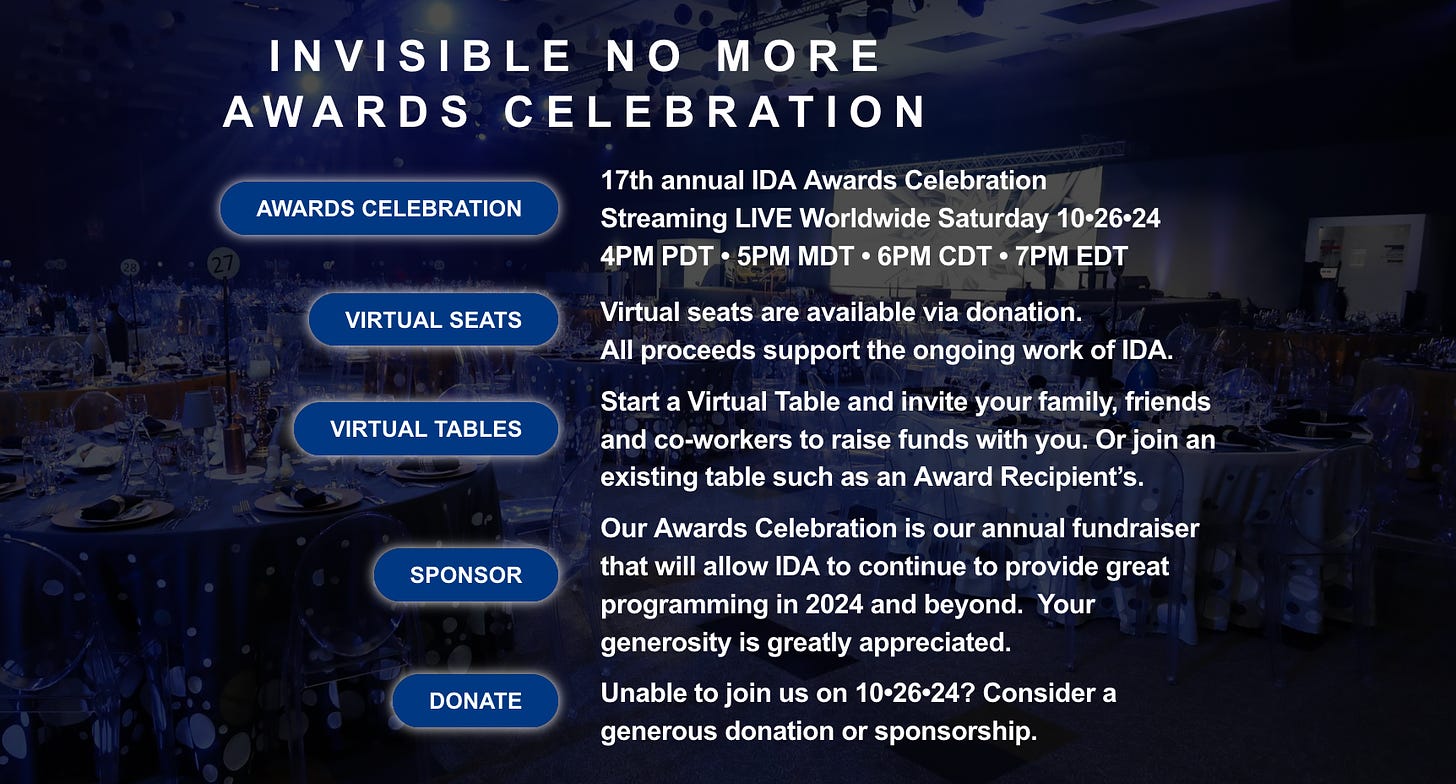
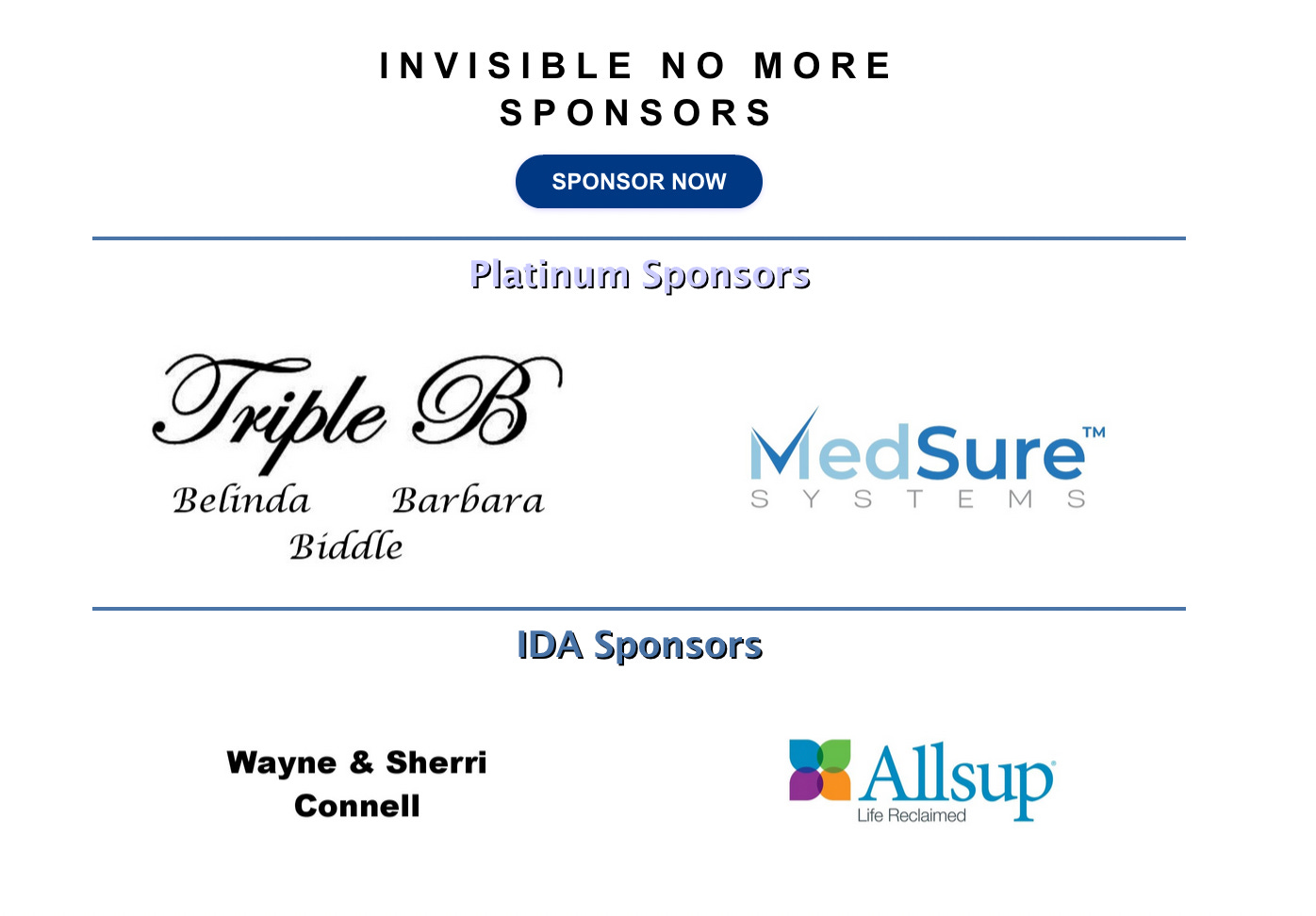
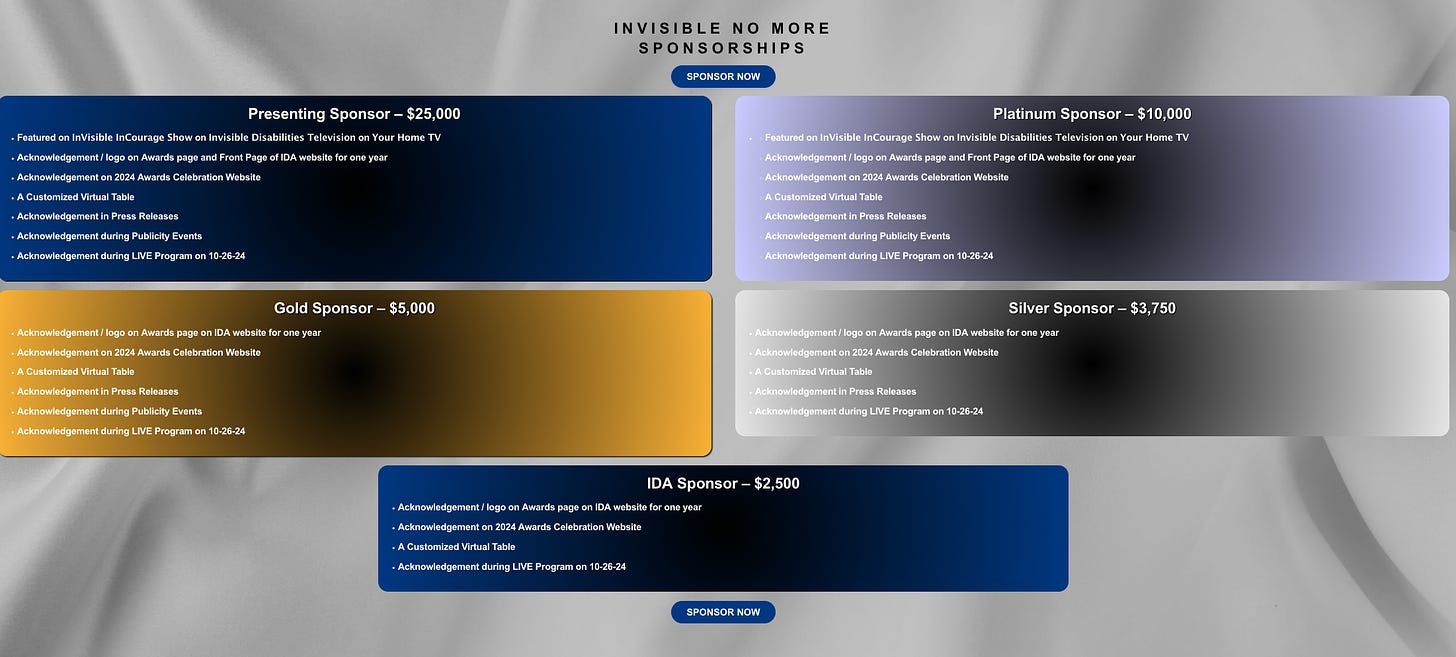
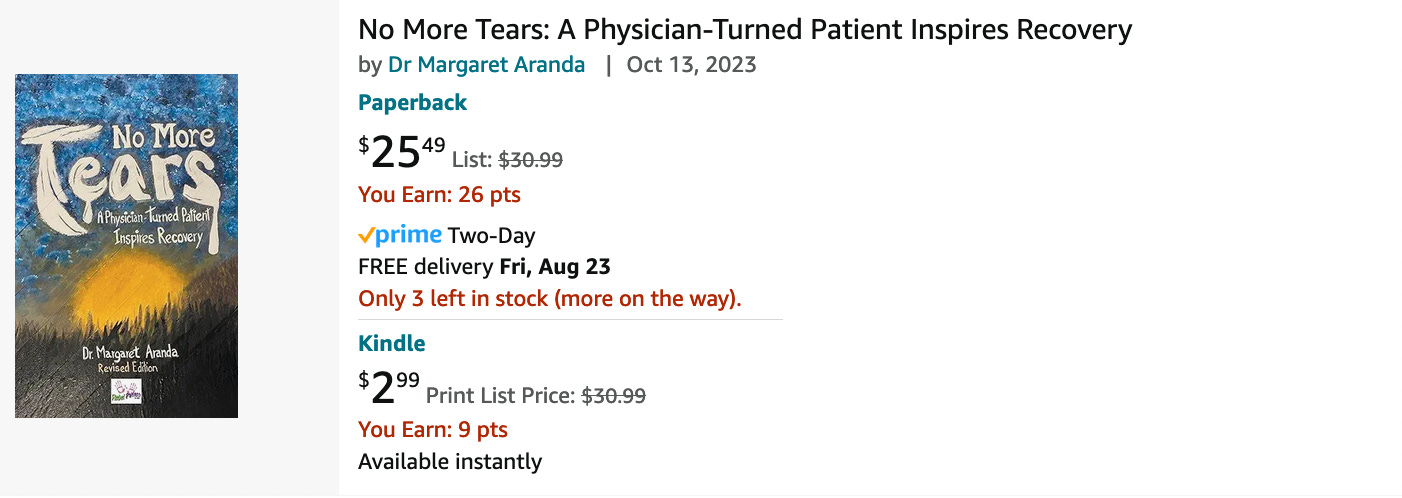







My concerns about an ID are that it makes you an unnecessary target AND it is easy to counterfeit the same way the handicapped cards for cars are.
I would also worry that an over zealous politician may then require a photograph of the person attached to the ID...that law was proposed in North Carolina - unsure of the outcome.
I'm mildly autistic and have hearing problems.
They can't be seen